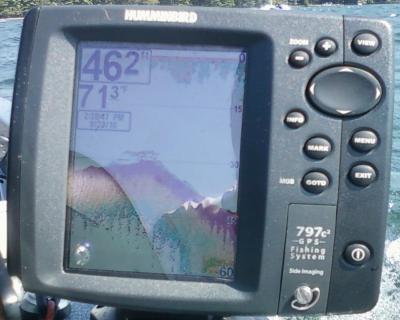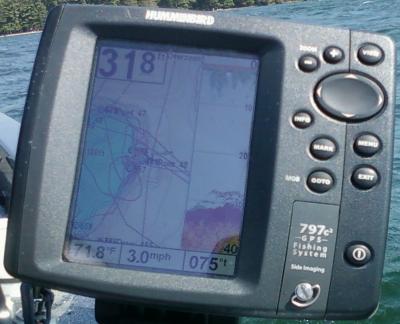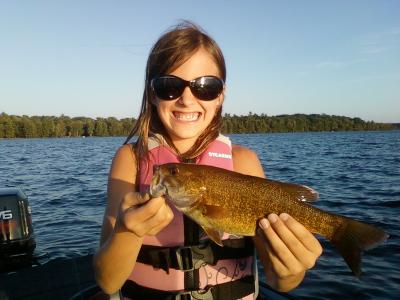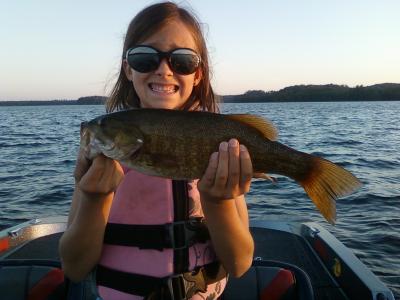Wow Randy–did you type all that? GREAT POST!
Our local lake has an interesting dynamic in the winter: one guy moves his shack and 10 follow–pool 4 in the spring has the same interesting dynamic, as most here can attest.
The answer is always the same: first find the prey, then you will find the predator. Easy answer, but might take a lifetime to learn.
Take this example: you find a lake’s main forage for walleyes is perch. Now tell me where you find the perch?
Before you answer that question–I am talking about juvenile perch, not adult perch. Most people will automatically think “regular sized” perch, which can inhabit a totally different niche than baby ones. Then tell me the age of the lake and avaliable structure-habitats, or lack there of.
There is a reason why during the Bassmaster event on lake Wissota the bass guys raved about the fishery for walleyes and muskies, but during the FLW league championship the walleye guys (Kirt not included here!) had a hard time putting walleyes in the boat? Now look at a WDNR study(noted in In-fish’s critical concepts books)of Wissota for walleyes—–all shallow-far shallower than most would realize in the walleye world–but how many walleye guys fish that shallow on a regular basis? My first trip with Dustin on pool 4, I was told that he rarely fishes deeper than 10FOW—that blew my mind. Now, I know Dustin is not afraid to fish deep, but only when the conditions dictate.
Good luck, by asking questions your half way there!! 
 , didn’t know what he was talking about. I can watch my lindy sinker drop to the bottom at any given moment.
, didn’t know what he was talking about. I can watch my lindy sinker drop to the bottom at any given moment.  I’m pretty sure I can see bait fish too.
I’m pretty sure I can see bait fish too. 








